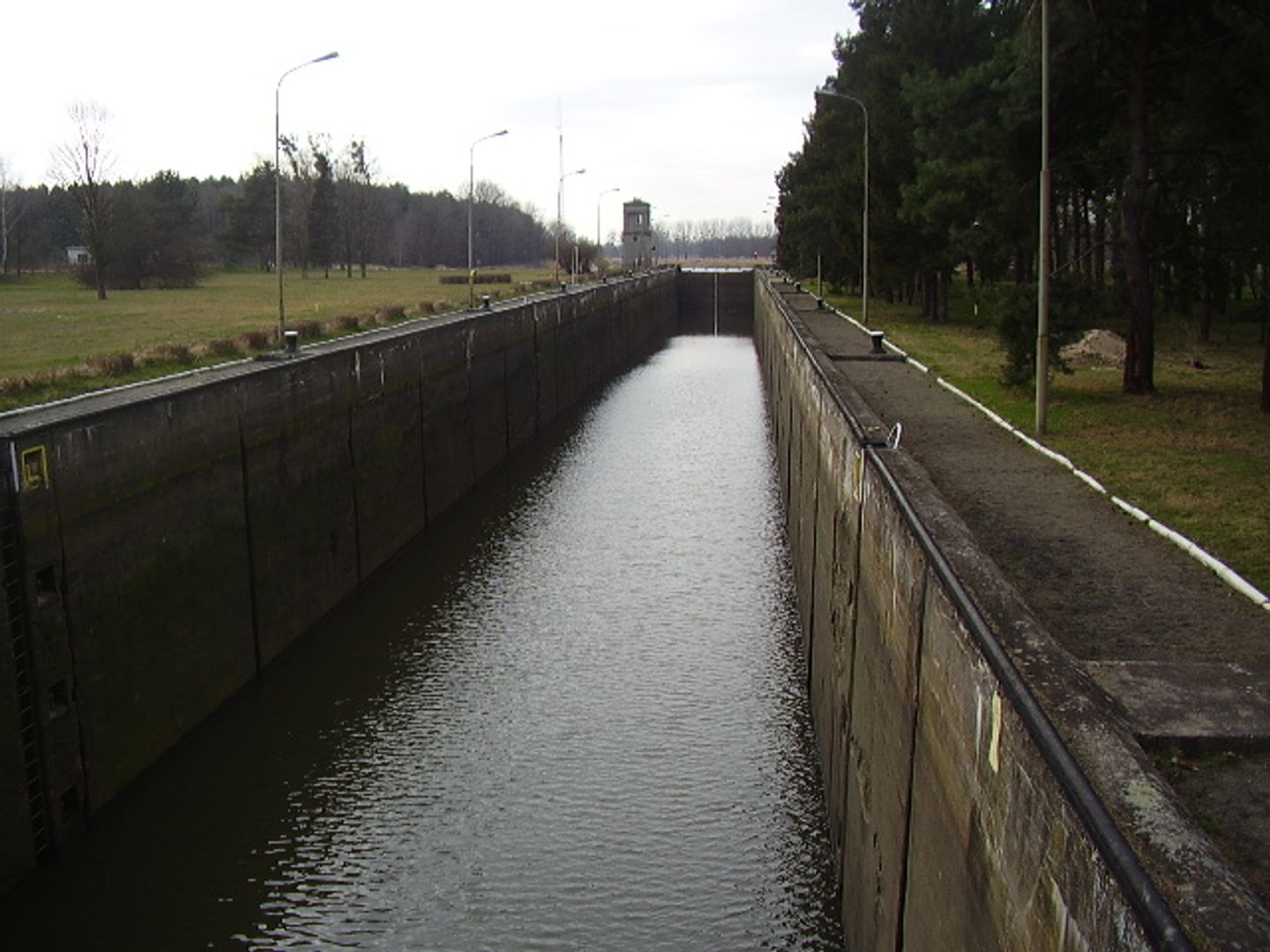Walls
6.66

Overview
Wał is a village located in the Lower Silesian Voivodeship, once known as Reichwald. Its history dates back to 1301, when it was first mentioned as the property of Henry III of Głogów. The village gained significance, among other reasons, due to the construction of a church by the Falkenhain family, which was demolished in the 1950s due to poor technical condition. In the 18th century, Wał was annexed to Prussia, and in the 19th century, various crafts developed here, such as a brickyard and a brewery. In the past, the village was rich in infrastructure, with a mill, a harbor, a school, and inns. Archaeological discoveries indicate settlement as early as the Mesolithic era, making this place interesting for researchers of the region's natural history. Today, Wał is a popular summer tourism center, home to the Energetyk sailing club and a bathing site created from a former brickyard. The bathing site, with a beach measuring 250 x 300 meters, is open and guarded, with numerous amenities, including a playground and sports fields. The Wał Hydroelectric Power Plant, built between 1954 and 1958, is an important element of the local energy infrastructure, and its modern technological solutions have contributed to raising the water level in the Oder River. Wał is a place where history meets recreation, inviting tourists to explore the region's rich past.
Location
2025 Wizytor | All Rights Reserved